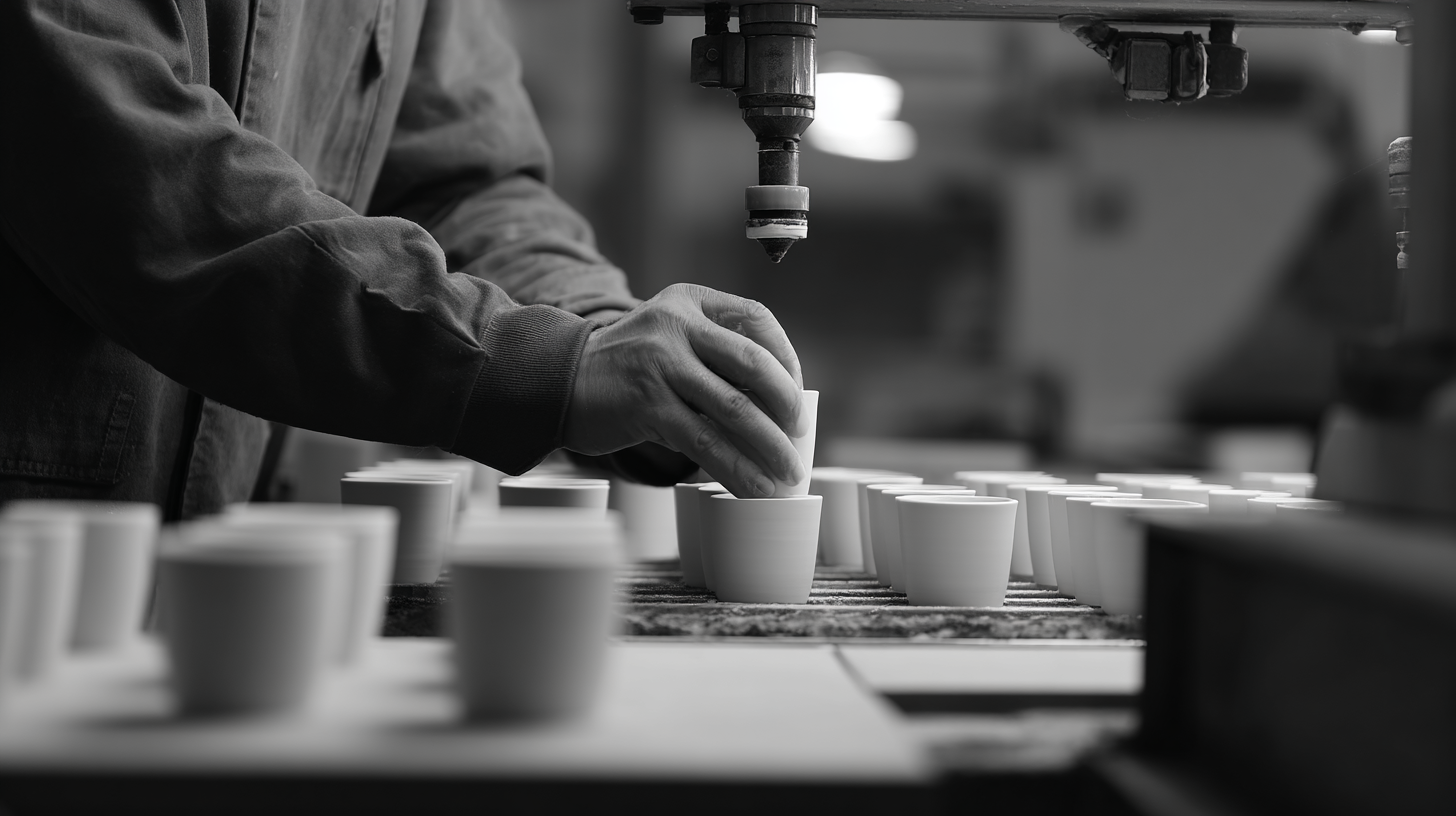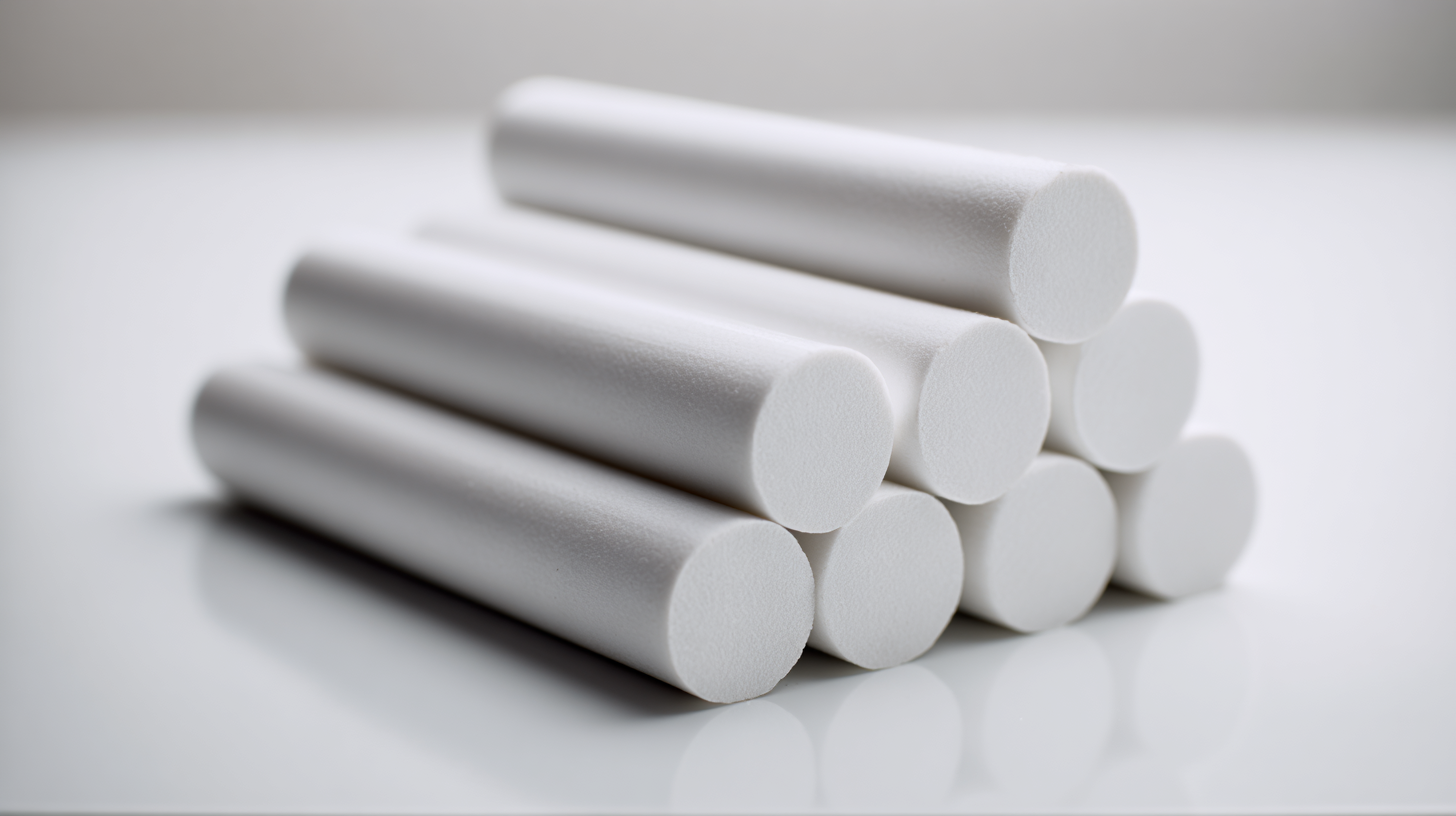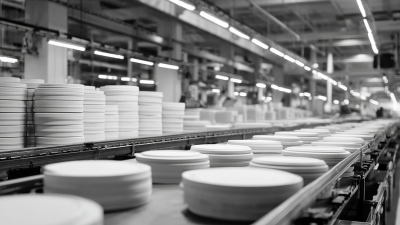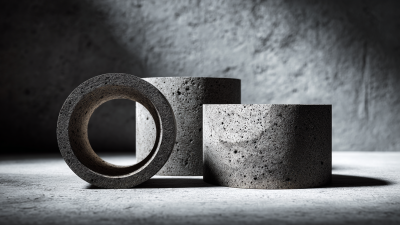Leave Your Message
In today's rapidly advancing technological landscape, the importance of innovative materials cannot be overstated, and technical ceramics emerge as a standout category due to their unique properties and diverse applications.
 Technical ceramics, known for their exceptional hardness, thermal stability, and electrical insulation qualities, are revolutionizing industries ranging from aerospace to electronics. As manufacturers and engineers continue to seek materials that can withstand extreme conditions and provide superior performance, the potential of technical ceramics becomes increasingly evident.
Technical ceramics, known for their exceptional hardness, thermal stability, and electrical insulation qualities, are revolutionizing industries ranging from aerospace to electronics. As manufacturers and engineers continue to seek materials that can withstand extreme conditions and provide superior performance, the potential of technical ceramics becomes increasingly evident.
This article delves into the myriad applications of technical ceramics, examining how these materials can be harnessed to address modern challenges, enhance product longevity, and drive technological advancements. By exploring the "why" behind the adoption of technical ceramics, we aim to highlight their vital role in the development of next-generation applications that are not only efficient but also sustainable.
The evolution of technical ceramics has been remarkable since their inception in the early 20th century. Initially developed for applications in the electrical industry, such as insulators and substrates, technical ceramics have now expanded their role significantly. According to a 2021 report from Research and Markets, the global technical ceramics market is projected to reach USD 83.45 billion by 2028, growing at a CAGR of 6.8% from 2021 to 2028. This growth reflects the material's increasing importance across various sectors, including aerospace, automotive, and biomedical engineering.
Today, technical ceramics are celebrated for their exceptional mechanical properties and resistance to heat and corrosion. For example, advanced ceramics such as silicon nitride and zirconia have found applications in high-performance environments, yielding performance improvements and reduced weight in components like turbine blades and biomedical implants. The demand for these materials is driven by the need for innovations that support sustainability and efficiency, as indicated in a 2022 study by the Ceramic Society, which reports that the use of technical ceramics can enhance energy efficiency in industrial processes by up to 30%. The continued development and application of technical ceramics are paving the way for breakthroughs in technology and manufacturing.
| Application Area | Material Type | Properties | Benefits |
|---|---|---|---|
| Electrical Insulators | Alumina Ceramic | High dielectric strength, thermal stability | Excellent electrical insulation, heat resistance |
| Cutting Tools | SiC (Silicon Carbide) | Hardness, wear resistance | Long tool life, reduced costs |
| Medical Applications | Zirconia Ceramic | Biocompatibility, mechanical strength | Safe for implants, durable |
| Aerospace Components | Titanium Dioxide | Thermal resistance, low density | Lightweight, high performance |
| Wear-resistant Coatings | Alumina-Titania | High hardness, corrosion resistance | Enhanced surface durability, longevity |
Technical ceramics possess a range of key properties that propel their usage across modern industrial applications. Their inherent high hardness, wear resistance, and chemical stability make them indispensable in sectors such as aerospace, automotive, and medical implants. For instance, zirconia has been increasingly utilized to enhance mechanical and physical properties in ceramic composites, providing durability and improved performance under stress. The incorporation of advanced materials like zirconium oxide into DD3 ceramics demonstrates significant advancements in tailoring materials for specific technological needs.
Moreover, innovative developments in processing techniques, such as 3D printing and bioinspired fabrication, are expanding the capabilities of technical ceramics. These methods not only enhance thermal shock resistance but also facilitate the production of intricate geometries that were previously unachievable. As industries increasingly lean toward additive manufacturing, the demand for technical ceramics is anticipated to escalate, driven by their versatile applications and the growing trends towards sustainable manufacturing solutions.
The demand for technical ceramics is experiencing significant growth across various industries due to their unique properties such as high hardness, excellent thermal stability, and chemical resistance. In sectors like aerospace and automotive, these ceramics are being utilized for components that can withstand extreme temperatures and corrosive environments, thus enhancing the performance and longevity of critical parts. For instance, turbine blades and engine components made from silicon nitride or zirconia are gaining traction as they offer superior performance compared to traditional materials.
Moreover, the electronics industry is increasingly adopting technical ceramics for insulating and protecting sensitive components. With the rise of miniaturized devices and the need for advanced thermal management solutions, materials such as alumina and beryllium oxide are being used to ensure reliability and efficiency in performance. Additionally, the biomedicine sector has seen a surge in the use of technical ceramics for dental implants and prosthetics, owing to their biocompatibility and durability. As industries continue to innovate and demand more advanced materials, technical ceramics are poised to play a crucial role in shaping the future of manufacturing and technology.
Technical ceramics have emerged as a pivotal material in various innovative applications, particularly in aerospace, medical, and electronics sectors. In the aerospace industry, advanced ceramics such as silicon carbide and zirconia offer unparalleled performance, enabling components to withstand extreme temperatures and harsh environments. This durability is essential in optimizing fuel efficiency and enhancing safety in aircraft and spacecraft designs. Similarly, the medical field benefits from technical ceramics due to their biocompatibility and resistance to wear, which makes them ideal for implants and dental applications. Their unique properties ensure longevity and reliability in critical health-related devices.

Moreover, in the realm of electronics, technical ceramics play a crucial role in advancing sustainable technologies. As the industry shifts towards greener practices, materials like alumina and titanate are being utilized for their superb insulating properties and thermal stability. These innovations not only improve the efficiency of electronic components but also contribute to reducing the environmental impact of manufacturing processes. The demand for responsible electronics is driving further research into circularity and recyclable ceramic materials, highlighting the potential of advanced ceramics to support a more sustainable future across multiple industries.
The technical ceramics industry is increasingly recognizing the critical importance of sustainability practices as it navigates various challenges. A significant hurdle lies in the management of industrial wastewater, which can be detrimental to both the environment and public health. Recent studies demonstrate that effectively treating wastewater not only reduces harm but also enhances resource recovery opportunities, highlighting the need for innovative solutions in this area. Addressing these issues can facilitate a more sustainable production process within the ceramics sector.

Incorporating digitalization and circular economy principles offers a pathway to improve sustainability within the industry. By leveraging artificial intelligence, organizations can create advanced simulation models to optimize waste management practices, maximizing material usage and minimizing waste generation. Moreover, sustainability assessments in manufacturing present both challenges and opportunities, allowing companies to evaluate their environmental impact and improve operational efficiency. As technical ceramics continue to evolve, integrating these sustainability practices will be essential for addressing the pressing environmental issues of our time while maintaining industrial competitiveness.






